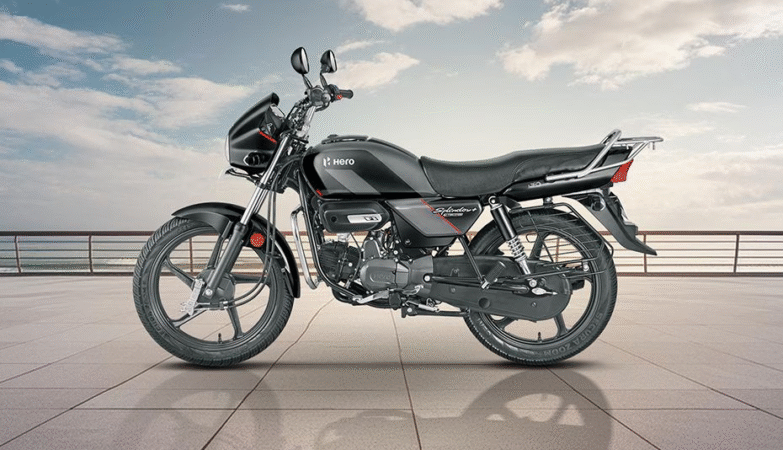Architectural photography often shuffles under the umbrella of fine art, documentation, and storytelling. Your eye for a borrowed angle, your patience for a waiting cloud – these shape architectural images far more than any tripod or fancy lens.
You will find that each structure has personality, sometimes awkward or stubborn, sometimes smooth as butter in the sun. When you approach a building with your camera, should you try to understand the architect’s mind or invent a narrative of your own? Sometimes both, sometimes neither.
A city’s skyline after midnight might show its bones more generously than the polished show of midday. You can whisper with lines, frame windows like portals, or seek odd reflections squirming in puddles. The thrill, in the case that you let yourself follow it, is treating architecture as a living organism – changing with the sky, always with secrets.
Creative Composition Techniques
Composition in architectural photography tends to lure you into old traps: centre that archway, tidy up those lines, sterilise every perspective until it’s squeaky clean. But, should you try what your gut recommends? You can let rules collapse and embrace happily uneasy symmetry, offbeat framing, even a bit of disruptive foreground.
Seek the Odd
If you notice a lamp post slicing a building’s midriff, try photographing it as the focal point. Let clutter speak, bend your grid. Can you create visual tension? What about combining brutalist lines with a wild, windswept bush in the frame?
Layers and Depth
Can you pile depth with repeated columns or doorways? Peer through scaffolding: let your shot peek behind construction sheeting. Architectural images rarely need to be polite – raw edges, occluded subjects, accidental photobombs, all can spark interest if you hang around for them.
Negative Space
Sometimes all you need is void. A lone stairwell carving through white space might say more than the full façade. Try to find where emptiness does the heavy lifting.
Using Light and Shadow for Dramatic Effects
You might think you must chase golden hours, but architectural photography has no curfew. Overcast afternoons lend you muted palettes, while harsh noon light chisels contrast so deep even modern glass towers scowl at old brickwork. Explore relentless shadow stretches across pavement – make silhouettes dance from tall columns.
Should you wander at blue hour, lamplight wrestles with fluorescent signage, turning once-ordinary entrances into glowing portals.
Reflect for a moment: what happens when you shoot against light rather than with it? Your subject can melt into silhouette, or, should you dare, become something mythic with lens flare streaming across corners. Sunbeams slashing rooflines. Shadows climbing staircases. Which will you tame, and which will you let run wild?
Exploring Angles and Perspectives
Step away from eye-level predictability. You will find that skyscrapers filmed from the pavement grow monstrous, while humble terraces shot from a window above reveal patterns overlooked in passing.
Stand back and spot-scan: what’s distorted, foreshortened, or unexpectedly powerful? Duck low – let the curb take up half your frame and shrink a looming block to toy size. Tilt up, tilt sideways, recline if you fancy a worm’s view, where a church turret morphs into a spaceship hull against the British sky.
You can hunt for high vantage points: rooftop carparks, footbridges, spiral stairwells, any urban overlook that shrugs off the usual gaze. Photography rewards those who trespass a little (safely, of course).
Highlighting Architectural Details and Textures
Details have moods. You might zoom in on an ancient gargoyle with pitted cheeks, metal railings snaking with rust, or a hasty architect’s pencil marks pressed on a piece of limestone. Odd textures – slick ceramic, flaky stucco, wavy glass – each invites touch by sight alone.
Isolating details tells a different story. You might frame a single handrail, tracing your focus along the grain until it vanishes. Let shadows exaggerate the bumps or cracks, converting mundane bricks into geological wonders.
Try to capture the interplay where old repairs meet new, or where rain leaves its watermark on a painted door. It’s in these nooks that a building drops its guard, and you will see something human.
Incorporating People and Movement
Footsteps from commuters blur into the stone like ephemeral signatures. Why exclude the city’s cast of characters? People can provide scale – a lone cyclist dwarfed under a railway arch, a child shadow-jumping up marble steps. Or, should you prefer, catch a crowd surging past a stately façade and let movement itself narrate your shot.
Try slower shutter speeds to allow passersby to dissolve into colour trails, or freeze a mid-air leap that reverberates through glass. Architecture often seems timeless, yet every person captured reveals a timestamp, a fleeting right now.
Could a figure gazing from a window at dusk suggest longing, curiosity, or mischief? You will find that buildings are never vacant, not really, once you tune in.
Post-Processing Tips for Striking Results
Post-processing will nudge your raw capture closer to how it felt in the moment. But restraint matters. Adjust contrast to pronounce form without flattening subtlety. Try black and white for mood, or nudge saturation when the blues and reds start humming.
Perspective correction tools should be used thoughtfully – sometimes the leaning effect of wide-angle shots brings energy instead of technical fault. You can gently sharpen textures or tease out shadows that hid at first glance. Noise? Sometimes grain suits rough concrete better than polished glass.
Preserve the spirit of the place. You might test out split-toning or light dodging around highlights, but in the case that an edit feels forced, pull back. The most impactful adjustments often whisper, never shout.
In Closing
You’ve wandered through alleys of shadow and chased lines across mirrored lobbies, hunting for architectural photography ideas that sidestep convention. Should you embrace chaos or precision? Why not dance with both. Your approach matters more than equipment, your curiosity more than technique. Every structure – from battered corner shops to glass cathedrals – is fair game for exploration. Let your lens circle the oddities, wait for stray light, and accept the city’s invitation to experiment. You will walk away with images no one else thought to catch.










